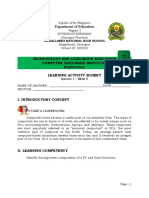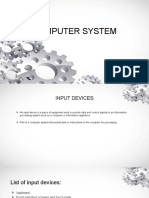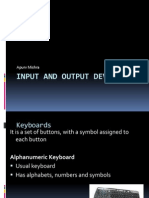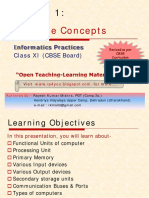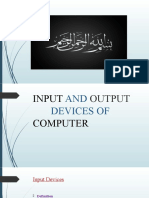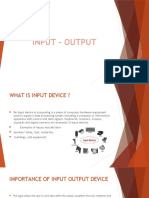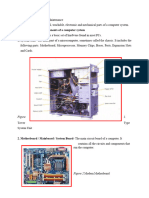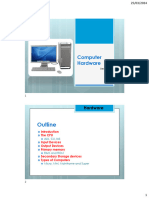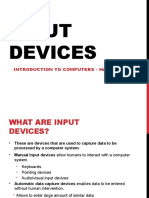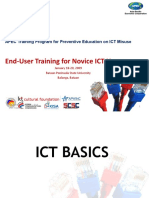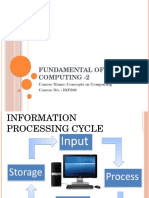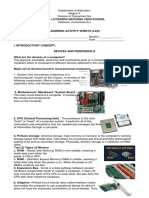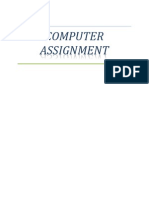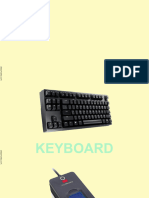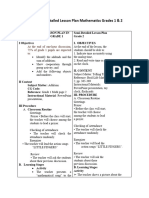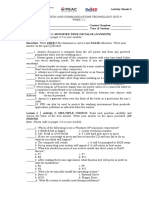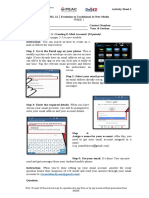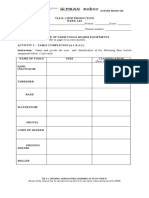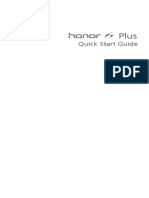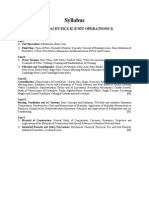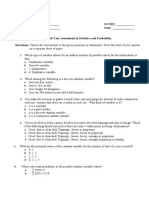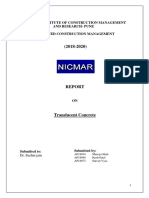0% found this document useful (0 votes)
16 views33 pagesInput Devices
The document provides an overview of input and output devices used in computers, categorizing input devices into keyboard entry and direct entry types, including pointing devices, scanning devices, and voice input devices. It also describes various output devices such as monitors, printers, and storage devices, detailing different types of monitors, printers, and storage mediums like flash drives and hard drives. Each category includes examples and descriptions of their functions and characteristics.
Uploaded by
LLOYD JASON VICENTECopyright
© © All Rights Reserved
We take content rights seriously. If you suspect this is your content, claim it here.
Available Formats
Download as PPTX, PDF, TXT or read online on Scribd
0% found this document useful (0 votes)
16 views33 pagesInput Devices
The document provides an overview of input and output devices used in computers, categorizing input devices into keyboard entry and direct entry types, including pointing devices, scanning devices, and voice input devices. It also describes various output devices such as monitors, printers, and storage devices, detailing different types of monitors, printers, and storage mediums like flash drives and hard drives. Each category includes examples and descriptions of their functions and characteristics.
Uploaded by
LLOYD JASON VICENTECopyright
© © All Rights Reserved
We take content rights seriously. If you suspect this is your content, claim it here.
Available Formats
Download as PPTX, PDF, TXT or read online on Scribd
/ 33


